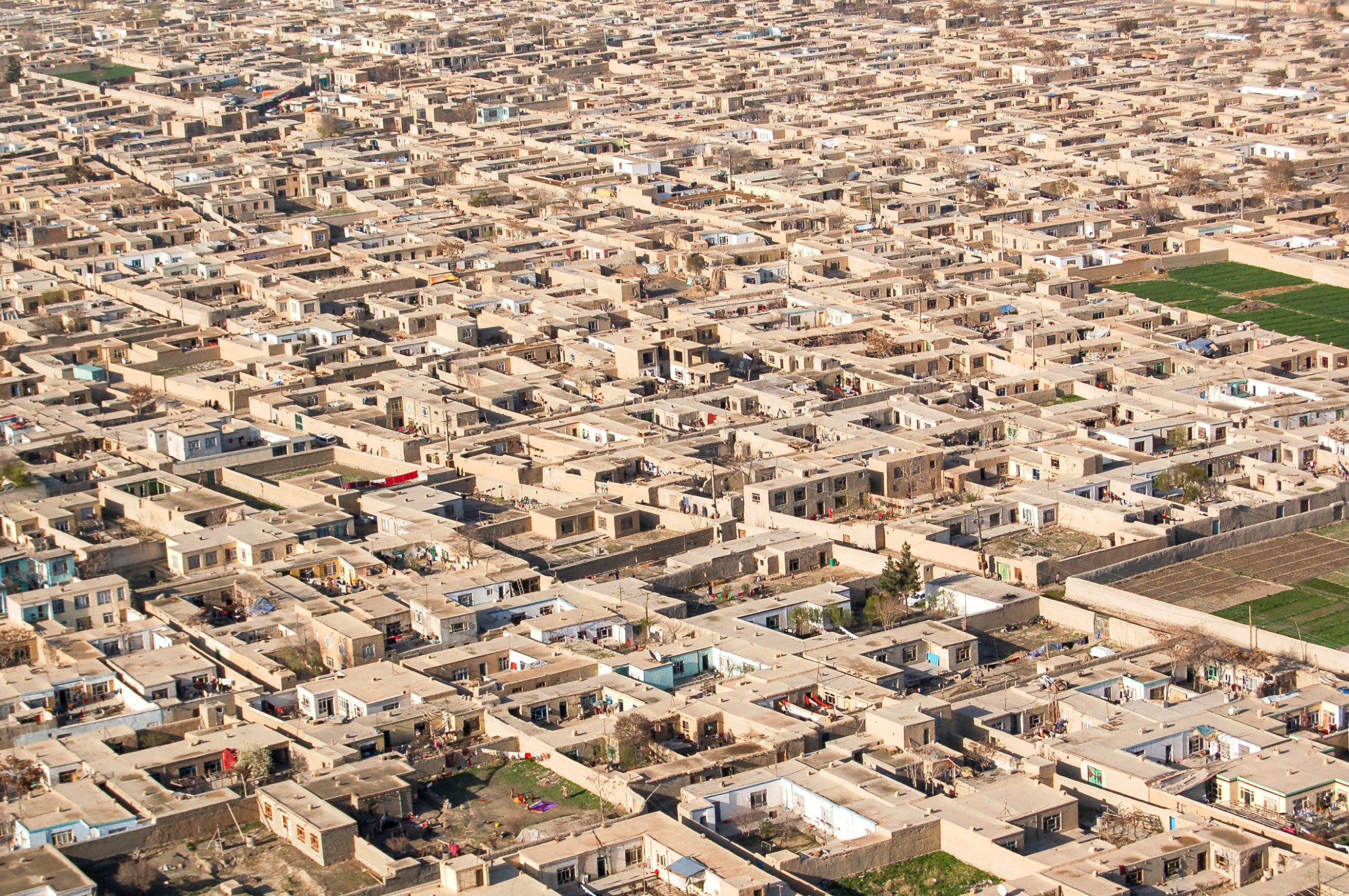
Climate Change and Terrorism: The Case of Afghanistan
The world is facing an existential threat from climate change. Increasing temperatures, natural disasters, and flooding pose a wide range of threats to the U.S., from energy security to military readiness. Climate change is also a threat multiplier for one of the most pressing national security issues of the 21st century: terrorism.
Nearly 20 years after the War on Terror began, the U.S. withdrew from Afghanistan, leaving a surging Taliban regime to govern the region. The withdrawal has naturally raised many issues concerning the future of Afghanistan, but in particular potential acts terrorism under the Taliban regime. Many analysts predict that terrorists in Afghanistan will be able to launch international attacks as early as 2022. The effects of climate change on food and water security in Afghanistan will likely aid growing terrorist groups in Afghanistan, like Al-Qaeda Core (AQ), as these groups capitalize on vulnerable natural resources and increased recruiting opportunities.
CLIMATE CHANGE, CONFLICT, AND AFGHANISTAN
Climate change has been particularly devastating for Afghanistan. Afghanistan has warmed by 1.8 degrees Celsius since 1950, which is twice the global average. Many regions are experiencing up to 40% less rain compared to 1950, leading to more extended periods of drought. Considering that 85% of Afghans rely on some form of agriculture for both food and income, increasing heat and decreasing rainfall has a particularly acute impact on food and water security.
In 2018, Afghanistan went through one of the most devastating droughts in its history. This drought impacted an estimated 22 out of 34 provinces, increasing food insecurity for 13.5 million Afghans. Additionally, this drought displaced a quarter of a million people as they were forced to migrate to other countries. As of 2021, Afghanistan has shown little recovery from this drought, with an estimated 11 million people, approximately 27% of the current population, still experiencing food insecurity from conflict, drought, or the COVID-19 pandemic.
CLIMATE IMPLICATIONS FOR TERRORISM IN AFGHANISTAN
One of the primary drivers of conflict in Afghanistan is food and water insecurity, which drives approximately 80% of all conflict in the country. Much of the existing water and food insecurity in Afghanistan is the result of poor resource management and decades of conflict that has destroyed water infrastructure. While climate change is not the original cause of food and water scarcity, climate change phenomena like increasing temperatures and decreasing rainfall may exacerbate these existing social vulnerabilities.
There is no singular “cause” for an act of violence or terrorism. Moreover, climate change is never the primary driver of a terrorist attack. Climate change acts as a threat multiplier, worsening existing social vulnerabilities that terrorist groups can exploit. Heightened food and water insecurity can quickly become a breeding ground for terrorist and extremist activity. Over the last 20 years, the Taliban has leveraged water scarcity to recruit and build sympathy among vulnerable populations, and climate change is drastically increasing water scarcity. For example, multiple climate models suggest that by 2030, drought in Afghanistan will be the “norm” instead of a cyclical occurrence. However, consistent heat and drought leads to consistent loss of livelihood so many Afghan farmers are unable to pay their debts. Meanwhile, the Taliban earns approximately $1.5 billion a year from a combination of foreign donations, the drug trade and minerals. As a result, the Taliban is able to recruit more fighters by offering people more money than they can currently make through farming.
In addition to using climate change to capitalize on recruiting opportunities, terrorists can also weaponize climate change. As severe drought and increasing heat increase food and water insecurity, locations like reservoirs become increasingly vulnerable and strategically important. Terrorist and extremist groups often capitalize on these rising vulnerabilities. In the Taliban’s invasion of Herat, they repeatedly attacked a dam that was critical to the region. Moreover, the Taliban was largely able to hold the Kandahar Province because of its control of a dam vital for drinking and irrigation. Additionally, minor, less technical attacks, like poisoning water supplies and burning crops, become more effective and remain a cheap and easy method of carrying out an attack. A 2019 study discovered a positive relationship between temperature and terrorism. As the temperature increases, so does terrorism.
THE FUTURE
Climate change is transforming the threat landscape. Climate change is exacerbating existing social vulnerabilities, like food and water scarcity, known for creating breeding grounds for terrorist activity. The State Department’s coordinator for counterterrorism Nathan Sales predicted that AQ will have the capability to hit international targets within six months of the U.S. withdrawal from Afghanistan. While many factors drive terrorism in Afghanistan, and the relationship between climate change and terrorism can be ambiguous, there is substantial evidence indicating that there is a positive relationship. The U.S. should mainstream climate change adaptation and mitigation strategies into its counterterrorism strategy for future operations.





